SUMMARY
This is AI generated summarization, which may have errors. For context, always refer to the full article.
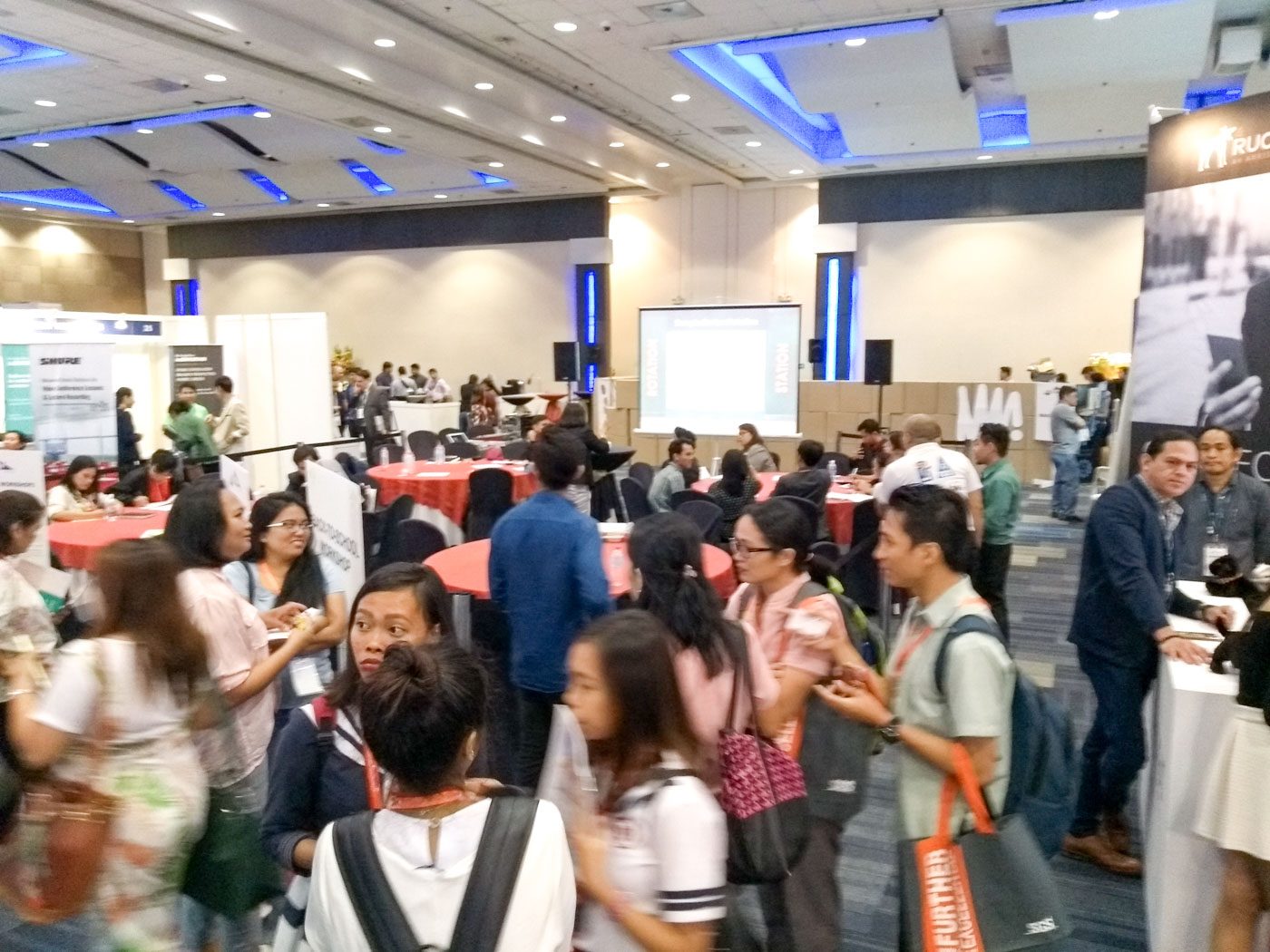
MANILA, Philippines – Technology is advancing at such a rapid pace that the lessons imparted to teachers 10 years ago may not as easily apply in the present day.
As such, Edutech Philippines 2018, held from February 21 to 22, aims to bring Filipinos up to speed with the practices and products of current technological advancement.
This included a “Tech Showcase,” with speakers discussing new advancements in educational technology and approaches for learning.
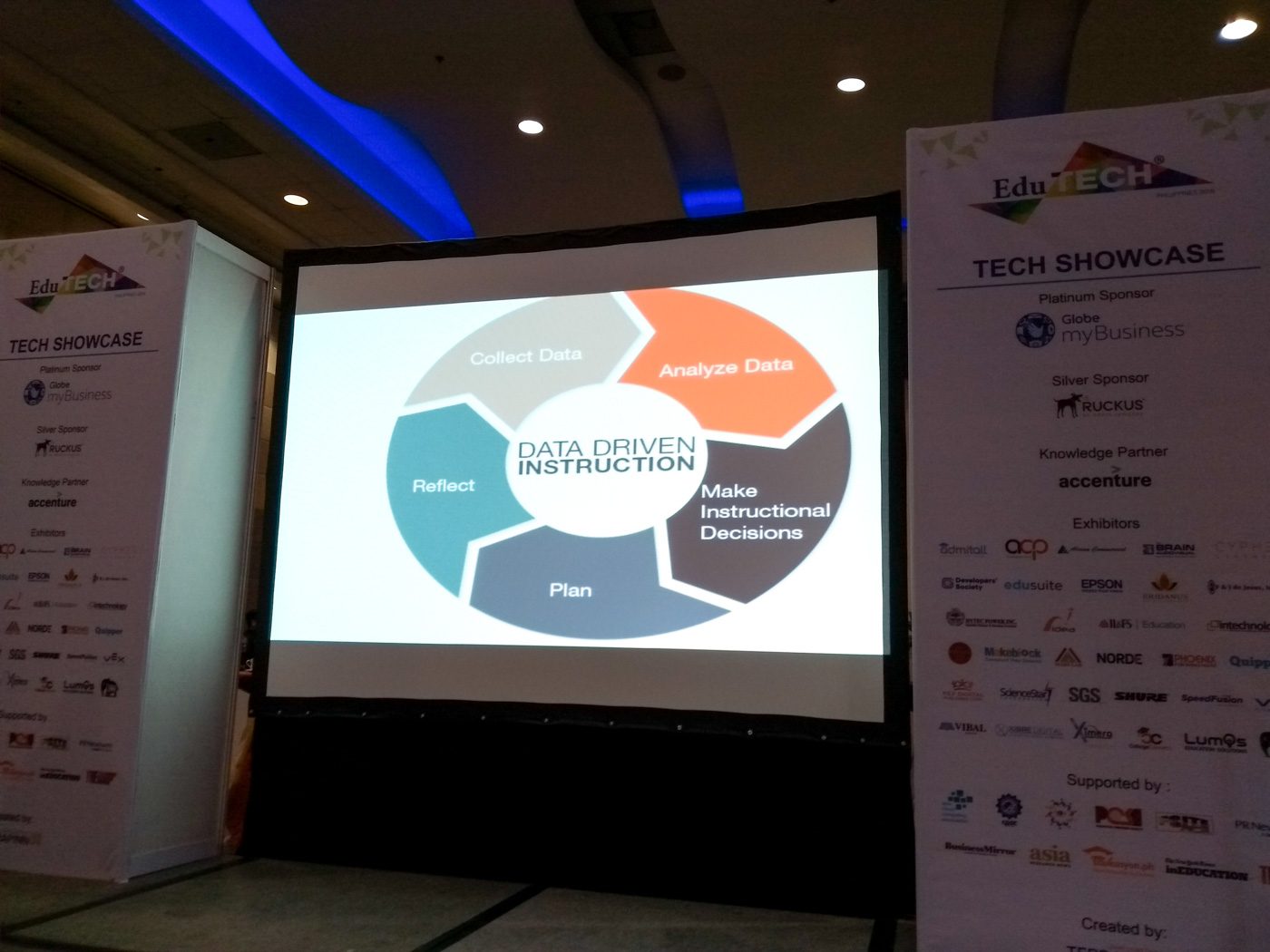
Improving education approaches
Andrew de Jesus, one of the speakers at the Tech showcase on Wednesday, discussed the importance of data-based instruction, or using feedback from student’s tests and performance to provide personalized learning plans for each student.
While this could be done manually by a teacher, technology can help in adjusting a syllabus to a student’s current level in an attempt to get him up to speed and bridge learning gaps among classes – or even entire school levels – of students.
It’s a cyclic model of learning and adapting, where a teacher collects data on the student’s abilities, analyzes the strengths and weaknessses of the student based on the data, and then makes instructional decisions and plans based on the data, and then reflects on the efficacy of the plan based on new datasets provided by further data collection.
For example, students taking up algebra can take a test online that adapts to his level in the middle of the test to allow for a proper assessment of his skills. Teachers can learn what students need work in, adapting teaching plans to help more students in a class with specific problem spots in their learning then follow up with further testing.
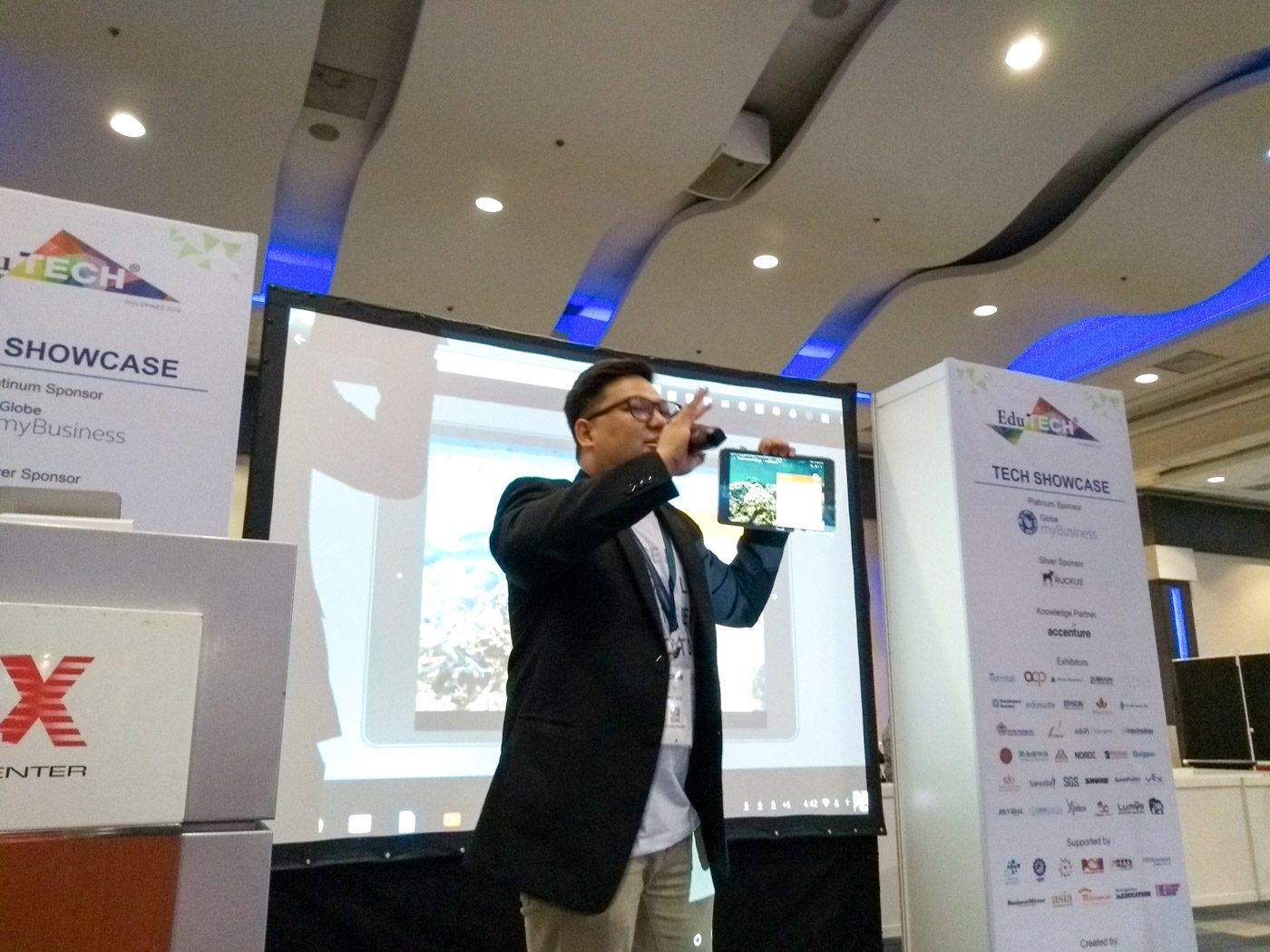
Technologies for better learning
One other unique capability of new technologies is to enhance or make a technological experience accessible to far-flung or remote locations.
For instance, far-flung areas can take advantage of K-Yan, a 6-in-1 computer and projector solution which has its own learning materials and interface and can be packed in a bag for ready travel.
Teachers can also take advantage of virtual reality goggles – such as Lumos VR and Google Cardboard devices – and 3d modeling and fabrication to provide learning experiences for students.
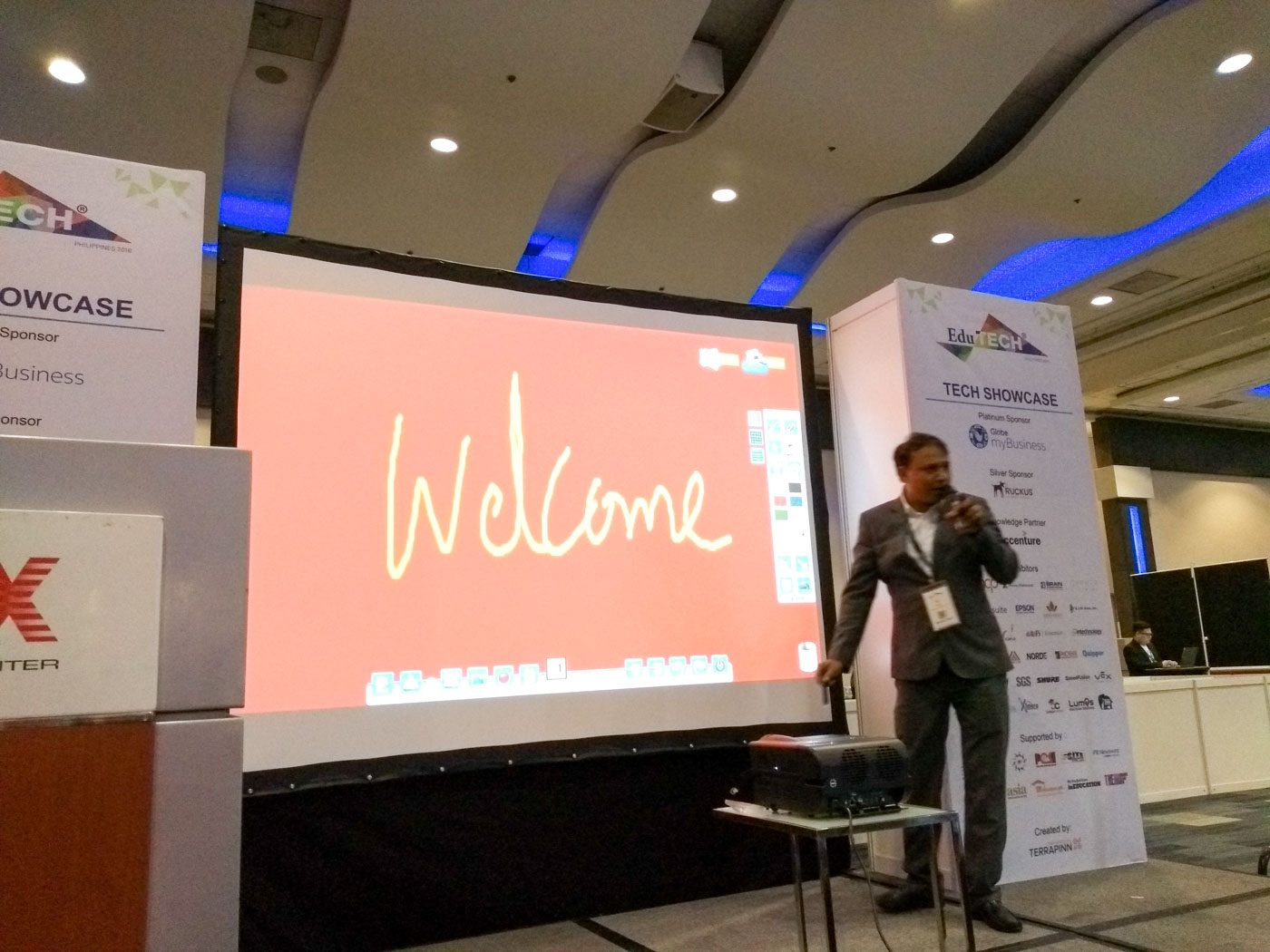
Cybersecurity in education
Dave Waring, Technical Solutions Manager at Smoothwall Asia Pacific, meanwhile espoused the importance of good cybersecurity from an education perspective.
Waring connected major cybercrimes – online fraud and theft, grave threats, and cyberbullying – relative to educational institutions. Children in particular are a potentially vulnerable attack vector and an ideal target for cybercriminals.
Educational institutions mostly buy software to manage sensitive and personal data, but users are generally unaware of cybersecurity risks and have limited security knowledge and expertise. With kids being curious, this may open this up to further risks when they go online.
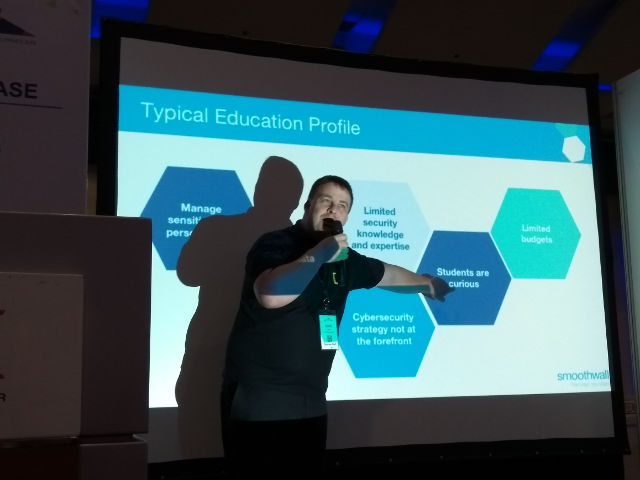
Cyberattacks on schools, therefore, can result in the misuse of personal information, an additional outlay of costs (such as ransomware payments), system downtime, and damage to institutions’ and individual students’ reputation.
Waring said schools should invest in having the proper programs – such as antivirus, firewall, and anti-malware programs – to fend off potential attacks. He also advocated instilling a culture of being safe online and promoting proper cybersecurity classes in schools.
While technology can be used for many different purposes, schools should learn to take the best of what technology has to offer while protecting schools and students from the harmful effects of some technologies.
To paraphrase one speaker’s assertion, teachers will not be replaced by technology; however, teachers who do not make good use of technology may be replaced by ones who do. – Rappler.com
Add a comment
How does this make you feel?
There are no comments yet. Add your comment to start the conversation.